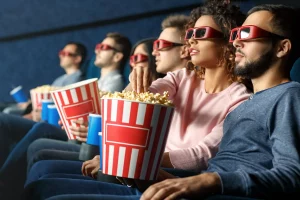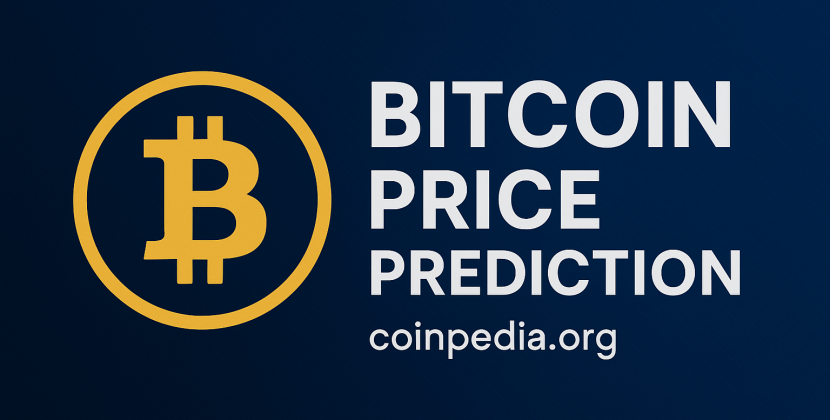
Introduction
The landscape of movie marketing has undergone a dramatic transformation over the years, particularly with the advent of the digital age. This article delves into the evolution of movie marketing, tracing its journey from traditional methods to the highly sophisticated digital strategies employed today. The focus is on understanding how these changes have impacted the industry and what the future might hold.
The Early Days of Movie Marketing
1.Posters and Print Media
In the early days of cinema, movie marketing was a straightforward affair, primarily relying on posters and print media. Posters were designed to capture the essence of the film, often featuring the main characters and a catchy tagline. Print media, including newspapers and magazines, played a crucial role in spreading the word about upcoming films.
2.Radio and Television
As technology advanced, radio and television became significant platforms for movie marketing. Trailers and advertisements were broadcasted to reach a wider audience. This era marked the beginning of mass media marketing, where the goal was to create a buzz around the film to attract as many viewers as possible.
The Rise of the Internet

1.Websites and Online Trailers
The introduction of the internet brought about a seismic shift in the way movies were marketed. Studios began to create dedicated websites for their films, offering trailers, behind-the-scenes footage, and exclusive content. This allowed for a more interactive experience, engaging potential viewers in ways that traditional media could not.
2.Social Media Platforms
The rise of social media platforms like Facebook, Twitter, and Instagram further revolutionized movie marketing. Studios could now engage directly with fans, creating a sense of community and excitement around a film. Social media allowed for real-time interaction, enabling studios to gauge audience reactions and tweak their marketing strategies accordingly.
The Digital Age: Advanced Strategies

1.Data Analytics and Targeted Advertising
One of the most significant advancements in movie marketing in the digital age is the use of data analytics. Studios now have access to vast amounts of data, allowing them to create highly targeted advertising campaigns. By analyzing user behavior and preferences, studios can tailor their marketing efforts to reach specific demographics, increasing the likelihood of attracting viewers.
2.Influencer Partnerships
Influencer marketing has become a powerful tool in the digital age. Studios often collaborate with influencers who have large followings on social media to promote their films. These influencers can create buzz and drive engagement, reaching audiences that traditional marketing methods might miss.
3.Virtual Reality and Augmented Reality
Virtual Reality (VR) and Augmented Reality (AR) have opened up new avenues for movie marketing. Studios can create immersive experiences that allow potential viewers to step into the world of the film. These technologies offer a unique way to engage audiences and generate excitement.
The Role of Streaming Platforms

1.Direct-to-Consumer Marketing
The rise of streaming platforms like Netflix, Amazon Prime, and Disney+ has changed the dynamics of movie marketing. These platforms have their own marketing strategies, often focusing on direct-to-consumer campaigns. This shift has led to a more personalized marketing approach, with targeted ads and recommendations based on user preferences.
2.Social Media Integration
Streaming platforms also leverage social media to promote their content. By integrating social media features, they can create a seamless experience for users, encouraging them to share and discuss the content. This organic promotion can significantly boost a film’s visibility and reach.
Challenges and Opportunities

1.Navigating the Digital Landscape
While the digital age offers numerous opportunities for movie marketing, it also presents challenges. The sheer volume of content available online can make it difficult for a film to stand out. Studios must continuously innovate and adapt their strategies to capture and maintain audience attention.
2.The Future of Movie Marketing
As technology continues to evolve, so too will movie marketing. Artificial Intelligence (AI) and Machine Learning (ML) are likely to play a more prominent role, offering even more sophisticated ways to target and engage audiences. The future of movie marketing will undoubtedly be shaped by these advancements, offering exciting possibilities for the industry.
Conclusion
The evolution of movie marketing in the digital age has been nothing short of revolutionary. From the early days of posters and print media to the advanced digital strategies of today, the industry has continually adapted to changing technologies and audience behaviors. As we look to the future, it is clear that the digital age will continue to shape the way movies are marketed, offering new opportunities and challenges along the way.
By understanding this evolution, industry professionals can better navigate the complex landscape of movie marketing, ensuring that their films reach and resonate with audiences worldwide.










